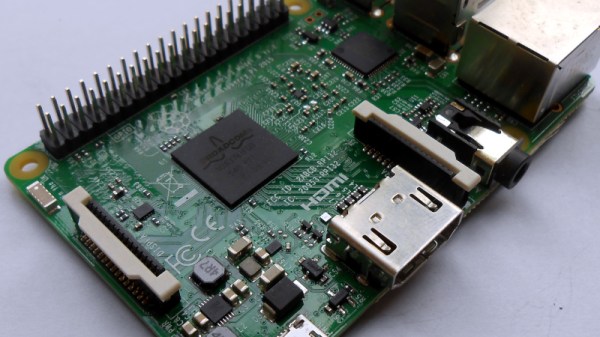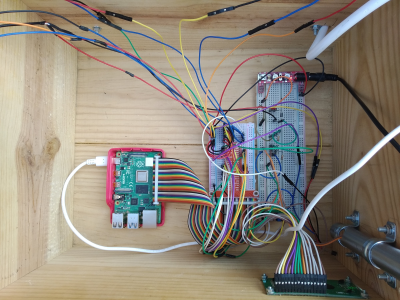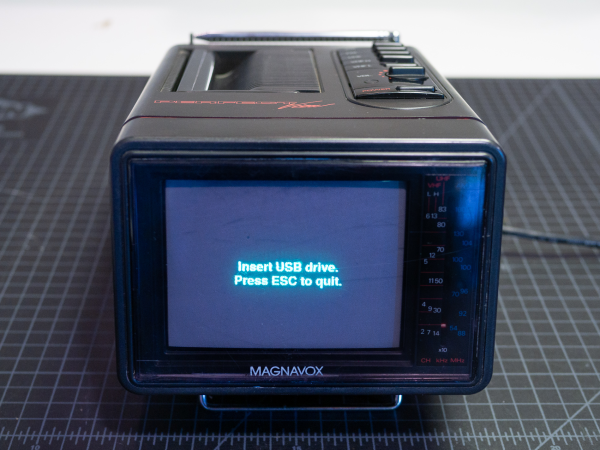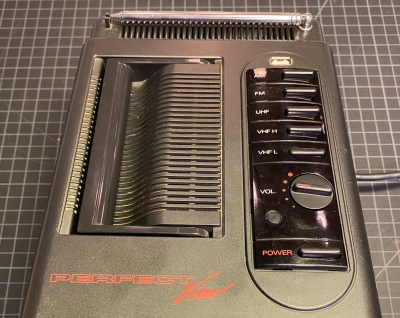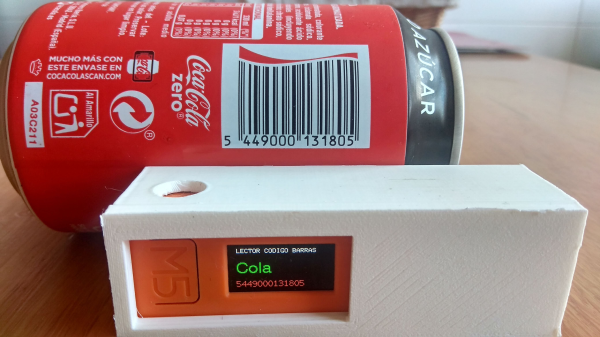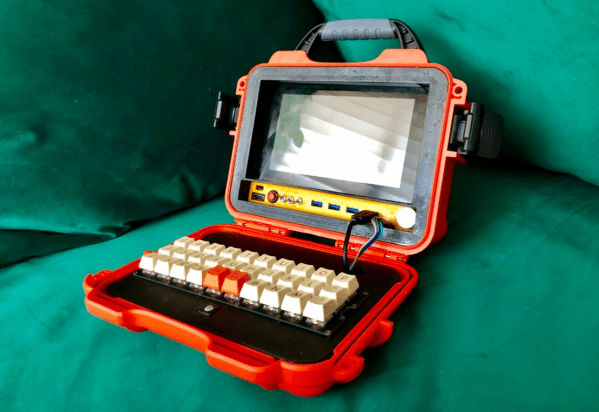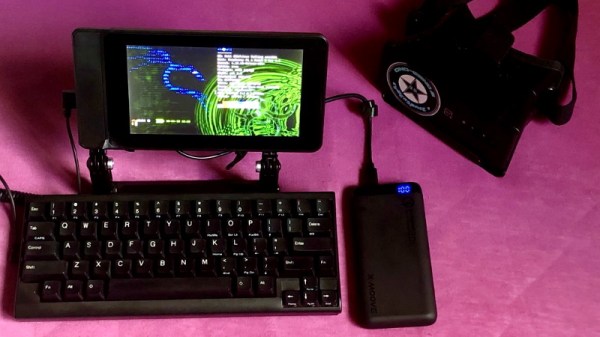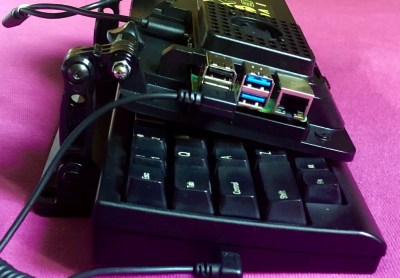You’d be forgiven for thinking that the newer Raspberry Pi 4 gets all the love. For instance, the Raspberry Pi Foundation is working on drivers for the GPU to support the Vulkan 3D graphics API.
But those of you with crusty old Pi boards shouldn’t despair. [Martin Thomas], a developer working for Nvidia has produced a driver in his spare time that brings Vulkan to the Broadcom VideoCore IV. He’s hailed it as the first low-level driver for this GPU, and shown it running Quake III on a Pi 3.
Technically it’s not officially Vulkan as it doesn’t have all the required standards conformance, but it’s as near as possible given the limitations of the hardware. Full instructions for building the driver and for installing the Vulkan loader are given in the repository, so it should be possible for tinkerers to have a try. This is likely to be of most interest to gamers as many game engines support Vulkan.
The Pi 4 might be about to take the family further in a 64-bit direction, but this proves that there’s life in the old dogs yet.

